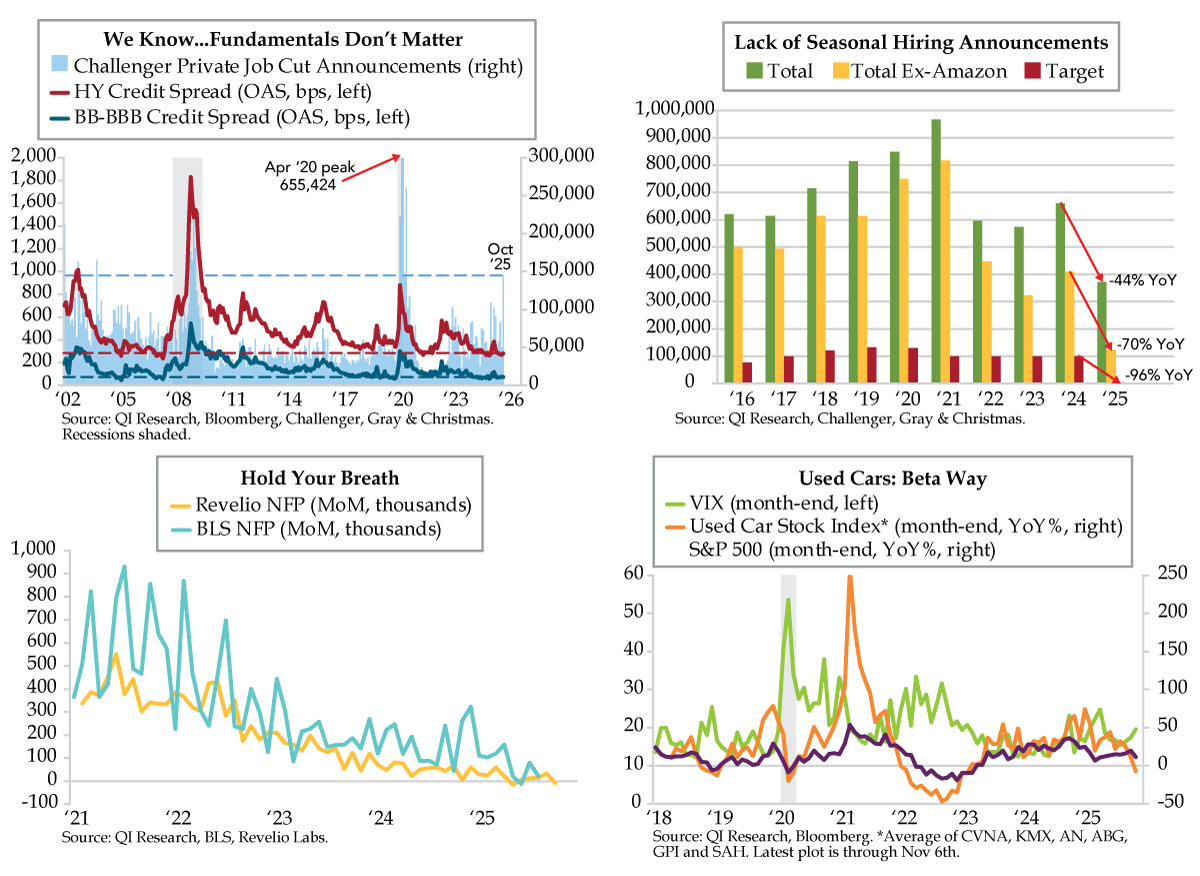
In 1889, French travel writer Max O’Rell published Jonathan and his Continent, a humorous and critical European perspective on American Society. To his thinking, “fashionably late” was a strictly American phenomenon: “The Americans have an unbearable trick of arriving late at the theatre. For twenty minutes after the curtain rises there is a constant bustling and rustling of newcomers, which debars you from the pleasure of following the actors’ speeches. If the play begins at eight, they come at a quarter-past; if it begins at a quarter-past, they come at half-past, and so on. At the time appointed for the curtain to rise the stalls are empty. This bad habit annoys the actors and disturbs the spectators; but the evil is incurable, and managers try vainly to stop it. I know one who followed the advertisements of his play by this paragraph: ‘The public arc solemnly warned that, unless the whole of the first scene be witnessed, the subsequent action of the play cannot be understood.’”
The appropriate lateness window varies – 30-60 minutes for casual house parties; 15-30 for cocktail parties and up to 10 for dinner parties. Early is reserved for weddings, funerals and doctors’ visits. And “fashionably early” does not exist, especially for economic reports that follow dedicated cadences.
Somehow, October’s Challenger Job Report hit the wires at 3:56 a.m. ET Thursday, 3 hours and 43 minutes before its slated 7:30 release time. Pre-announcements portend bad news in corporate circles. Ditto for Challenger. As the wires blared, October’s job cuts were the largest for that month in 22 years. The 153,074 pink slips were on par with MacroEdge’s 154,559 tally and dire enough to instigate a flight-to-quality to U.S. Treasuries across the curve as equities sold off.
Zeroing in on the private sector, Challenger’s recorded 145,191 cuts, a 2025 high on par with recession (light blue bars). Moreover, per Challenger, “not only did individual companies announce large layoff totals in October, but a higher number of companies announced job cut plans. Challenger tracked nearly 450 individual job cut plans in October, compared to just under 400 in September. March, which had the largest number of job cuts this year primarily due to cuts at the Federal level, saw roughly 350 individual announcements.”
Z-scoring Challenger’s October private figure landed it squarely at a +2.0. High Yield (HY) corporate credit is historically sensitive to economic conditions, but Challenger’s data failed to catalyze dislocation. At 281 basis points (bps), the HY spread registered a -0.9 z-score (red line) and the BB-BBB ‘Mason-Dixon’ line between investment grade and junk was 73 basis points, or a -1.1 z-score (blue line). Fundamentals appear to not matter.
Challenger hiring data do not tend to garner headlines; October was no different. But the details were significant. Some 372,520 positions were tallied for the 2025’s end-of-year holiday rush, 44% shy of 2024’s 660,150-count and the lowest number of announced seasonal hires through October since Challenger began tracking in 2012 (green bars). Amazon’s 250,000 number was ‘copied and pasted’ from 2023 and 2024 and accounted for two-thirds of the total. Excluding Amazon, the drop off in seasonal hiring was a more severe 70% compared to a year ago (yellow bars). Target, a stalwart that’s added at least 100,000 workers between 2017 and 2024, cut an extraordinary 96% year-over-year (YoY) to 4,200 (red bars). The dearth of seasonal hiring should manifest as downside surprises in future U.S. employment reports.
With the Bureau of Labor Statistics (BLS) collecting cobwebs, ‘Alternate Employment Thursday’ started with Revelio Labs’ nonfarm payrolls (NFP). A 9,100 October decline was reported, the second contraction in the last six months (yellow line). Under the headline, Revelio noted that the fall was “predominantly driven by employment losses in the government sector.” The true cyclical read from Revelio’s private payrolls excluding Education and Health Care echoed the headline pullback, at -8,800, as was the smoother six-month moving average, at -8,300. After peaking in April 2024, this recession-proof metric’s six-month trend has contracted for 17 straight months.
Note: Revelio’s payroll data are derived via a fundamentally different methodology via-s-via the BLS’s survey-based approach. Revelio aggregates and standardizes data from hundreds of millions of publicly available professional profiles (e.g., from professional networking sites like LinkedIn, resumes, etc.) across the U.S. This dataset is estimated to cover two-thirds of all employed individuals in the United States, offering a vast coverage compared to BLS’s active sample that includes approximately one-third of all nonfarm payroll jobs.
We’re not holding our breath for the government to reopen in time to save us from a second ‘Employment Friday’ void. Revelio’s plumbing under the zero-line suggests maybe we should. One job loser that won’t be counted in the October figures was the fired CEO of national used car dealer CarMax; his pink slip won’t show up until December. Amid the announced leadership changes, fiscal third-quarter guidance for comparable store unit sales called for a -8% to -12% range.
CarMax’s stock has suffered and other competitors, like Carvana, Auto Nation, Asbury Automotive, Group 1, and Sonic Automotive, have seen their stock prices fall in kind. Fusing these six operators into a composite reveals a beta way to track the broader S&P 500. QI’s Used Car Stock Index has lost 7.4% YoY thus far in November, breaking a 32-month string of annual gains (orange line). When our used car gauge has swung in persistent positive or negative directions, the S&P 500, currently at 11.4% YoY, has followed suit (purple line). So too has the VIX index, in inverse fashion (lime line). This relationship sets up the S&P 500 to be fashionably late, not early.